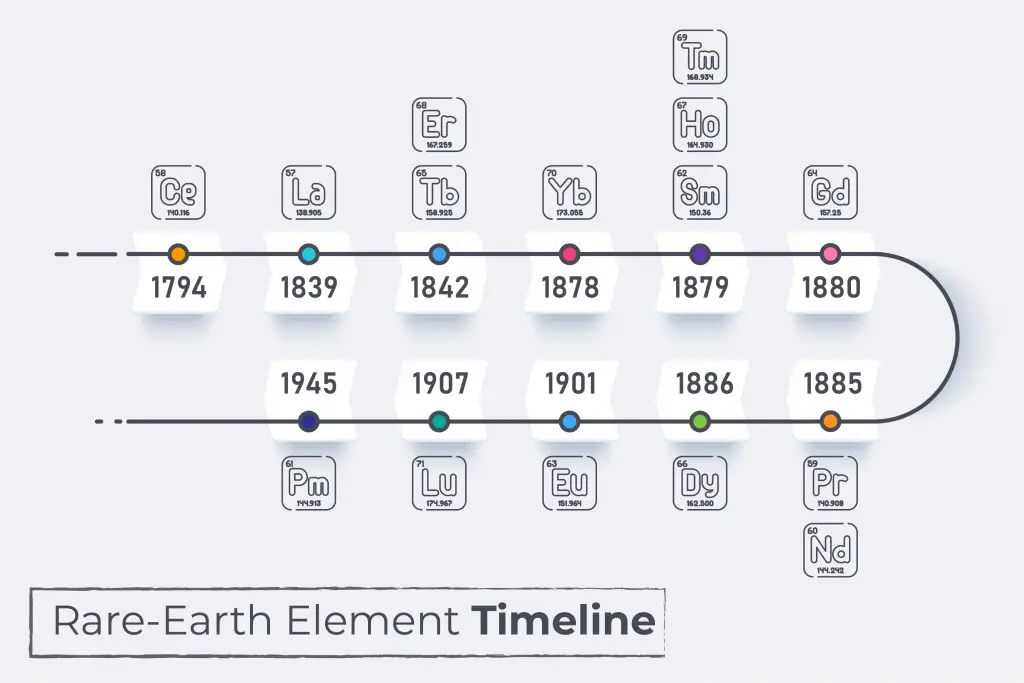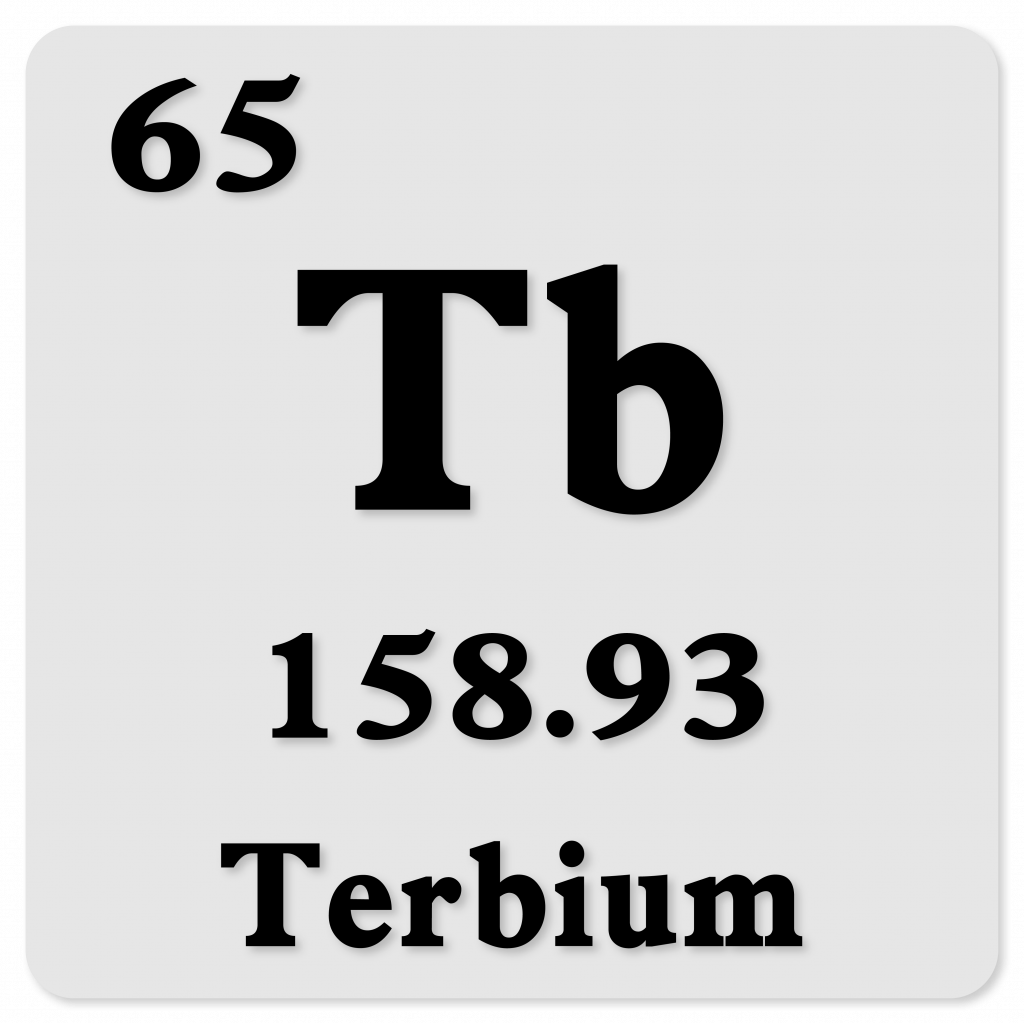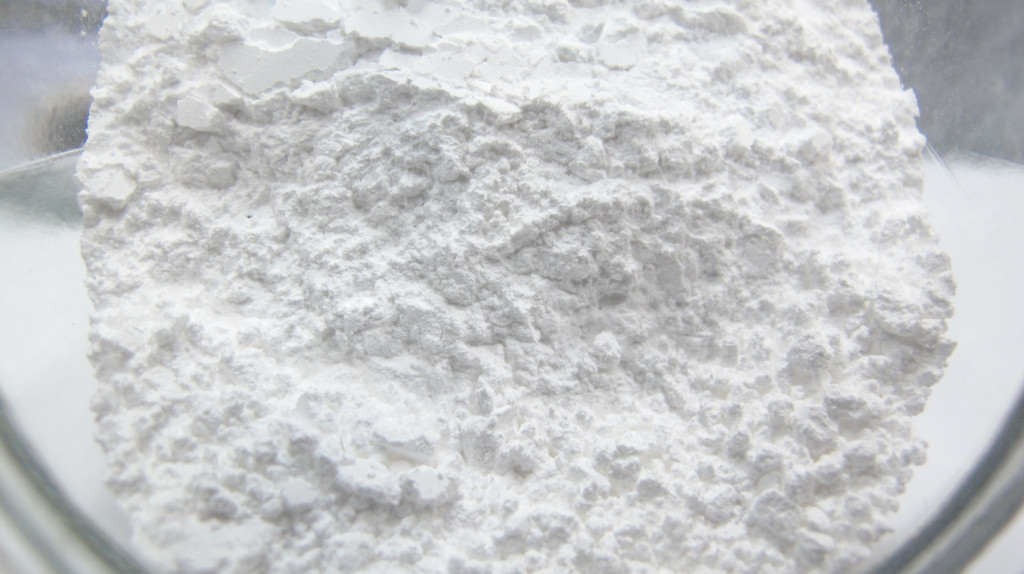Previously, we discussed how “Yttrium” was discovered in a mine near the village of Ytterby in Sweden. Interestingly, there are three other elements that, much like triplets, have similar names and are often confused: Erbium (Er), Terbium (Tb), and Ytterbium (Yb). All of these were also discovered in the same area. In the lanthanide family, Tb and Er were identified relatively early, and since they were discovered around the same time, let’s first talk about the misunderstood and misidentified element, Terbium.
Introduction

In 1843, Mosander separated terbium oxide from yttrium ore and discovered the element terbium. However, it was initially misnamed as erbium oxide. It wasn’t until 1877 that the element was officially named terbium, and in 1905, Urbain successfully isolated pure terbium for the first time. Terbium is now extracted from monazite minerals using ion-exchange technology.
Terbium (Tb)
Atomic Number: 65
Atomic Weight: 158.925 u
Electron Configuration: The outer electron structure of terbium is 4f9 6s2.
Physical/Chemical Properties: Pure terbium is a ductile, silver-white metal that resembles lead. It is soft enough to be cut with a knife, oxidizes easily at high temperatures, but corrodes very slowly at room temperature.
Main Applications of Terbium
- Terbium is used in high-tech applications, such as in specialized lasers and for manufacturing solid-state components, energy-saving light bulbs, and high-resolution X-ray imaging systems.
- An alloy of terbium, dysprosium, and iron (TbDyFe) exhibits strong magnetostrictive properties, making it ideal for use in the print heads of computer printers and in special magnetic alloys for records. When used as Terfenol, a new magnetostrictive material, it has widespread applications in sonar systems and flat-panel speakers.
- Terbium can also be used as a green light activator in its oxide form, which is used in the green phosphors for cathode ray tubes and fluorescent lamps. It finds applications in traditional color television tubes and computer monitors, as well as in optical and magneto-optical storage materials.
- Terbium’s fluorescent properties are also used in detecting endospores, where it generates green fluorescent spots that can identify the presence of microbes in space or pathogenic bacteria such as anthrax, making it valuable in medical and pharmaceutical fields.
- Terbium is also employed in high-performance electric vehicle motors, where it replaces a portion of the neodymium in NdFeB magnets. This increases the coercivity of the magnets and enhances their heat resistance.
近期恰好看到了相關報導,原來根據以往純電動汽車(EV)馬達,於普遍「釹磁鐵」中含有0.5~1%左右的鋱。知名日企則在最近已成功開發出了,即使將稀土「鋱」的用量降至0.1~0.2%左右的釹磁鐵,一樣能提高磁鐵的耐熱性,且不會影響磁鐵性能呢!


